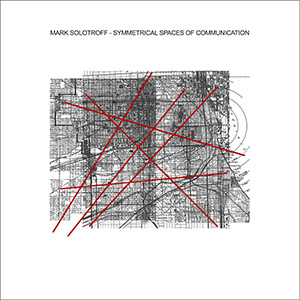 Mark Solotroff’s contributions to harsh electronic music cannot be overstated. Beginning with the adult bookstore sleaze of the 1980s power electronics project Intrinsic Action into the present day psychologically disturbing noise of Bloodyminded (which, in a live context, becomes the perfect deconstruction of rock performance) and the doom metal tinged Anatomy of Habit, he has been an influential force for the past 35 years. This does not even take into account his multitude of solo and side projects, such as these two recent cassettes. All of his work is joined together by a single, distinct thread: a love of analog synthesizers that borders on the obsessive. Here those synths are used to create the perfect soundtrack to city isolation.
Mark Solotroff’s contributions to harsh electronic music cannot be overstated. Beginning with the adult bookstore sleaze of the 1980s power electronics project Intrinsic Action into the present day psychologically disturbing noise of Bloodyminded (which, in a live context, becomes the perfect deconstruction of rock performance) and the doom metal tinged Anatomy of Habit, he has been an influential force for the past 35 years. This does not even take into account his multitude of solo and side projects, such as these two recent cassettes. All of his work is joined together by a single, distinct thread: a love of analog synthesizers that borders on the obsessive. Here those synths are used to create the perfect soundtrack to city isolation.
 This unusual and fitfully fascinating album was quietly released near the end of 2018 on the small New Orleans-based Pinkbox Teleport label. INRA are themselves based in Berlin, yet The Content Consuming Its Form sounds very much like it was partially birthed in a bleak and blighted late-'70s industrial area, favorably recalling the UK’s finest art-damaged dystopian experimentalists of the period. While I probably would (guiltily) enjoy an album that was essentially straight-up Throbbing Gristle worship, INRA merely recapture the intelligence, low-budget futurism, and deep sense of post-modern alienation that defined the milieu of the era. Stylistically, they reanimate the formula with fresh blood in the form of kinetic drumming and nods to the heavier side of the dance music underground. While not every song gets the balance of murky mood and skittering, propulsive rhythms exactly right, the ones that do are a deliciously inventive feast of post-industrial collage done beautifully.
This unusual and fitfully fascinating album was quietly released near the end of 2018 on the small New Orleans-based Pinkbox Teleport label. INRA are themselves based in Berlin, yet The Content Consuming Its Form sounds very much like it was partially birthed in a bleak and blighted late-'70s industrial area, favorably recalling the UK’s finest art-damaged dystopian experimentalists of the period. While I probably would (guiltily) enjoy an album that was essentially straight-up Throbbing Gristle worship, INRA merely recapture the intelligence, low-budget futurism, and deep sense of post-modern alienation that defined the milieu of the era. Stylistically, they reanimate the formula with fresh blood in the form of kinetic drumming and nods to the heavier side of the dance music underground. While not every song gets the balance of murky mood and skittering, propulsive rhythms exactly right, the ones that do are a deliciously inventive feast of post-industrial collage done beautifully.
 As Ellen Fullman can likely attest, one of the downsides to inventing your own instrument with 100-foot-long strings is that it definitely limits the number of possible venues for your performances. Another is that Fullman's Long String Instrument takes roughly five days to install and tune, adding yet another level of amusing inconvenience to the endeavor. Fortunately, an optimal situation surfaced in 2016, as John Chantler's First Edition Festival was given access to Stockholm’s Performing Arts Museum while it was being renovated. Given the limited "pure drone" nature of her instrument, the success of Fullman’s work can be heavily dependent on finding an appropriately sympathetic foil who can add vivid splashes of color and new layers of emotional depth to that rich harmonic backdrop. In that regard, Fullman could not possibly have hoped for a more talented and amenable collaborator than avant garde cello virtuoso Okkyung Lee.
As Ellen Fullman can likely attest, one of the downsides to inventing your own instrument with 100-foot-long strings is that it definitely limits the number of possible venues for your performances. Another is that Fullman's Long String Instrument takes roughly five days to install and tune, adding yet another level of amusing inconvenience to the endeavor. Fortunately, an optimal situation surfaced in 2016, as John Chantler's First Edition Festival was given access to Stockholm’s Performing Arts Museum while it was being renovated. Given the limited "pure drone" nature of her instrument, the success of Fullman’s work can be heavily dependent on finding an appropriately sympathetic foil who can add vivid splashes of color and new layers of emotional depth to that rich harmonic backdrop. In that regard, Fullman could not possibly have hoped for a more talented and amenable collaborator than avant garde cello virtuoso Okkyung Lee.
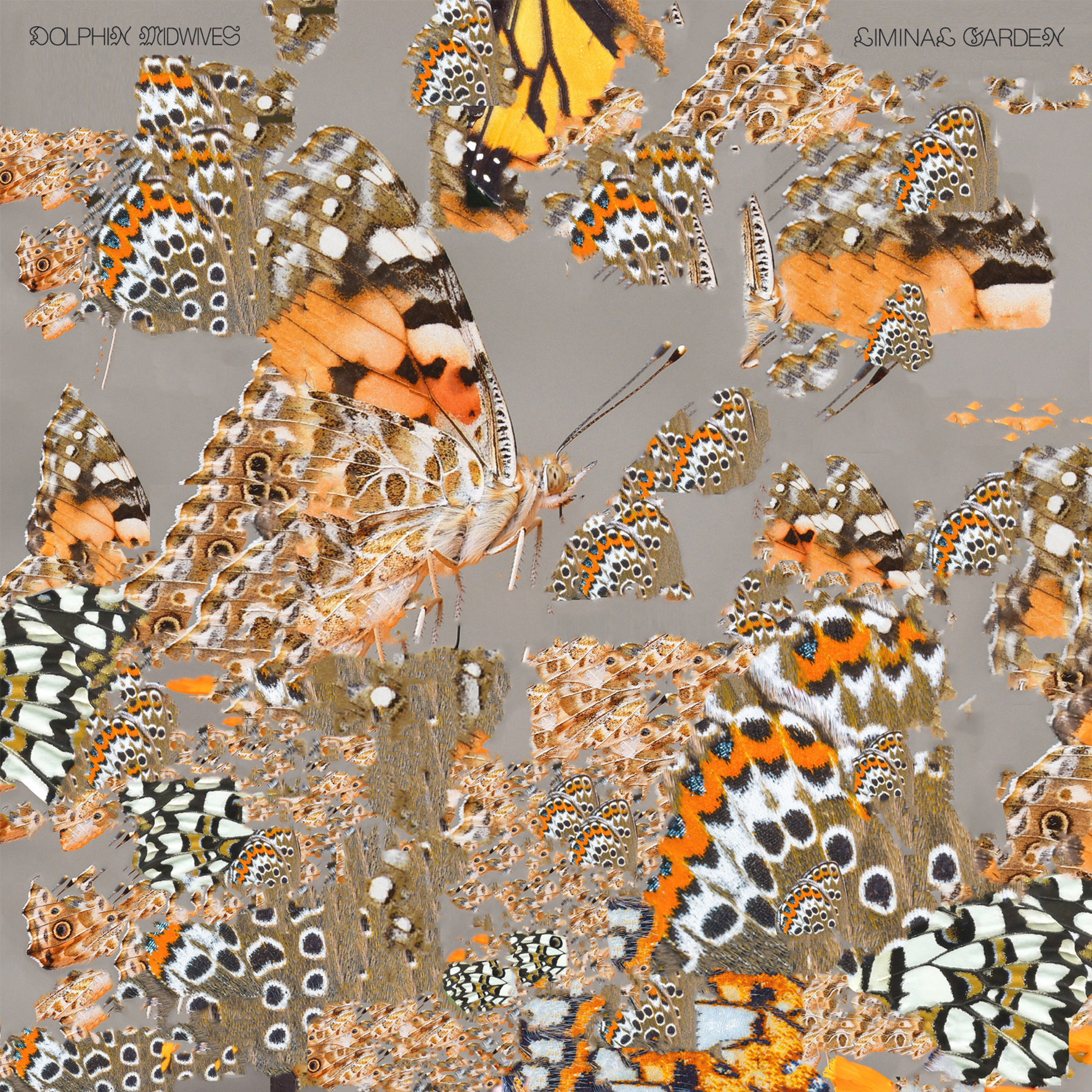 This is arguably the formal debut album from Portland harpist Sage Fisher, though she previously surfaced with a fine cassette (Orchid Fire) back in 2016. Liminal Garden is on a completely different level than its more homespun predecessor though. If someone had told me fifteen years ago that several of my favorite artists would be harpists in the not too distant future, I would probably have thought they were completely delusional, but the instrument has undergone quite an incredible renaissance since Joanna Newsom's early albums blew up. While it is probably too soon to tell whether the more mysticism-minded Fisher has definitively earned a place in the same illustrious pantheon as Newsom and Mary Lattimore, her inventive use of effects and processing here frequently transcends harpistry altogether and calls to mind some of the most iconoclastic laptop composers of the early twenty-first century (if they lived in a fairy tale-like crystal palace in an enchanted forest). This is a wonderful and unexpected gem.
This is arguably the formal debut album from Portland harpist Sage Fisher, though she previously surfaced with a fine cassette (Orchid Fire) back in 2016. Liminal Garden is on a completely different level than its more homespun predecessor though. If someone had told me fifteen years ago that several of my favorite artists would be harpists in the not too distant future, I would probably have thought they were completely delusional, but the instrument has undergone quite an incredible renaissance since Joanna Newsom's early albums blew up. While it is probably too soon to tell whether the more mysticism-minded Fisher has definitively earned a place in the same illustrious pantheon as Newsom and Mary Lattimore, her inventive use of effects and processing here frequently transcends harpistry altogether and calls to mind some of the most iconoclastic laptop composers of the early twenty-first century (if they lived in a fairy tale-like crystal palace in an enchanted forest). This is a wonderful and unexpected gem.
 As someone who already reviewed Bowery Electric's third album 19 years ago, I can't discuss it now without recognizing the importance of their second album and the differences in the world where each existed. Whereas Beat was very much the right record at the right time, Lushlife, in hindsight, feels like the wrong record at the wrong time. What made the world listen to Beat was its seemingly effortless mastery of sound, structure, and songcraft. The group didn't follow a particular formula between tracks and it never felt as if they were obliged to reach for a hit single. Released originally in late 1996 on Kranky in the USA, it grabbed the attention of Beggars Banquet for a release in Europe followed by two remix 12" singles, a remix album, and worldwide distribution to the follow-up. While they may have not explicitly been tasked with the duty of creating a pop-breakthrough, Lushlife feels at times like Bowery Electric are aiming for it. The songs were certainly more consciously composed, lyrically dense, and the sounds on the whole were much more vibrant and stunning than previously. Martha's vocals are more pronounced and confident, the bass riffs are a thunderous force, the guitars are sublime, and the strings are gorgeous. The dominating backbone of the record is the hip-hop beats, which eventually becomes its weakness.
As someone who already reviewed Bowery Electric's third album 19 years ago, I can't discuss it now without recognizing the importance of their second album and the differences in the world where each existed. Whereas Beat was very much the right record at the right time, Lushlife, in hindsight, feels like the wrong record at the wrong time. What made the world listen to Beat was its seemingly effortless mastery of sound, structure, and songcraft. The group didn't follow a particular formula between tracks and it never felt as if they were obliged to reach for a hit single. Released originally in late 1996 on Kranky in the USA, it grabbed the attention of Beggars Banquet for a release in Europe followed by two remix 12" singles, a remix album, and worldwide distribution to the follow-up. While they may have not explicitly been tasked with the duty of creating a pop-breakthrough, Lushlife feels at times like Bowery Electric are aiming for it. The songs were certainly more consciously composed, lyrically dense, and the sounds on the whole were much more vibrant and stunning than previously. Martha's vocals are more pronounced and confident, the bass riffs are a thunderous force, the guitars are sublime, and the strings are gorgeous. The dominating backbone of the record is the hip-hop beats, which eventually becomes its weakness.
 I am hesitant to state that Private Parts is one of the most unique and weirdly beautiful albums of the 20th century, as that will likely sound like overheated hyperbole to anyone who has not heard it. Nevertheless, it is exactly that. Originally released back in 1978 and newly reissued, Ashley's hushed and intimate second album was unlike anything that came before it and no one else has since come anywhere close to replicating its precarious magic. That includes Ashley himself, as he revisited and expanded upon this album's themes with his ambitious television opera Perfect Lives, an ‘80s avant-garde landmark that has comparatively aged quite poorly. The elegantly simple piano-and-voice palette goes a long way towards making Private Parts feel timeless, but not nearly as much as the fact that it does not even sound like it was recorded on earth. Rather, it evokes the feeling of sitting next to an incredibly interesting, enigmatic, and gregarious man in heaven's waiting room.
I am hesitant to state that Private Parts is one of the most unique and weirdly beautiful albums of the 20th century, as that will likely sound like overheated hyperbole to anyone who has not heard it. Nevertheless, it is exactly that. Originally released back in 1978 and newly reissued, Ashley's hushed and intimate second album was unlike anything that came before it and no one else has since come anywhere close to replicating its precarious magic. That includes Ashley himself, as he revisited and expanded upon this album's themes with his ambitious television opera Perfect Lives, an ‘80s avant-garde landmark that has comparatively aged quite poorly. The elegantly simple piano-and-voice palette goes a long way towards making Private Parts feel timeless, but not nearly as much as the fact that it does not even sound like it was recorded on earth. Rather, it evokes the feeling of sitting next to an incredibly interesting, enigmatic, and gregarious man in heaven's waiting room.
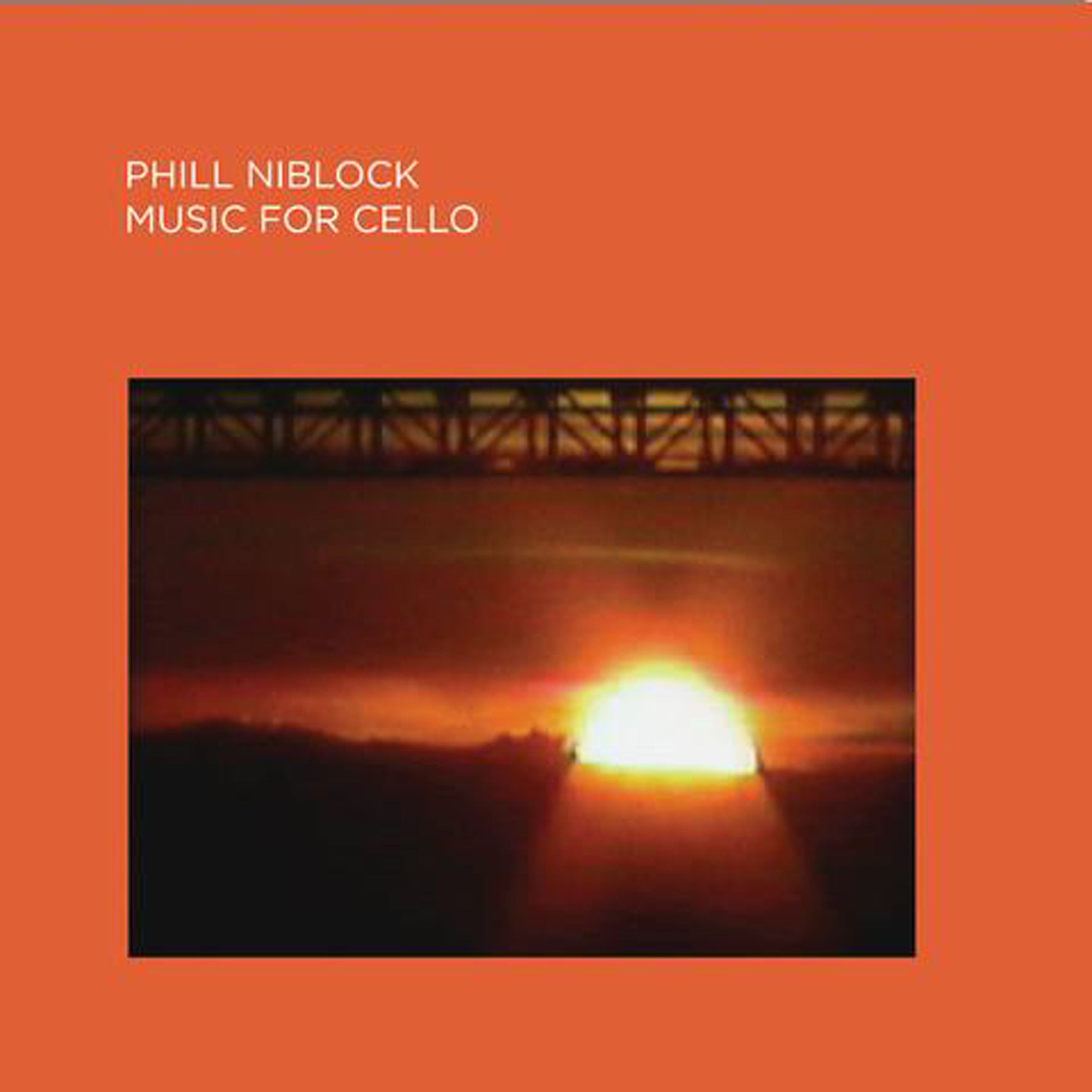 It recently occurred to me that Phill Niblock has a remarkably meager discography for a visionary composer with a body of work that spans five decades. I hesitate to describe anyone's career as undocumented these days, as the experimental music world is drowning in live recordings, unfortunate one-off collaborations, vault scrapings, and unnecessary reissues. Nevertheless, Music for Cello makes a strong case that Niblock probably has quite a backlog of unheard masterpieces wrongfully gathering dust somewhere, as the three pieces compiled here all date back roughly forty years (or more). However, they all sound like they could have been recorded this week. While these pieces chronologically represent quite an early stage of Niblock's lifelong fascination with sustained acoustic tones and the interplay of frequencies, his mastery of the form was already amply evident. In fact, Music For Cello is actually superior to some albums from Niblock's classic run of Touch releases. I am delighted that I finally got to hear it.
It recently occurred to me that Phill Niblock has a remarkably meager discography for a visionary composer with a body of work that spans five decades. I hesitate to describe anyone's career as undocumented these days, as the experimental music world is drowning in live recordings, unfortunate one-off collaborations, vault scrapings, and unnecessary reissues. Nevertheless, Music for Cello makes a strong case that Niblock probably has quite a backlog of unheard masterpieces wrongfully gathering dust somewhere, as the three pieces compiled here all date back roughly forty years (or more). However, they all sound like they could have been recorded this week. While these pieces chronologically represent quite an early stage of Niblock's lifelong fascination with sustained acoustic tones and the interplay of frequencies, his mastery of the form was already amply evident. In fact, Music For Cello is actually superior to some albums from Niblock's classic run of Touch releases. I am delighted that I finally got to hear it.
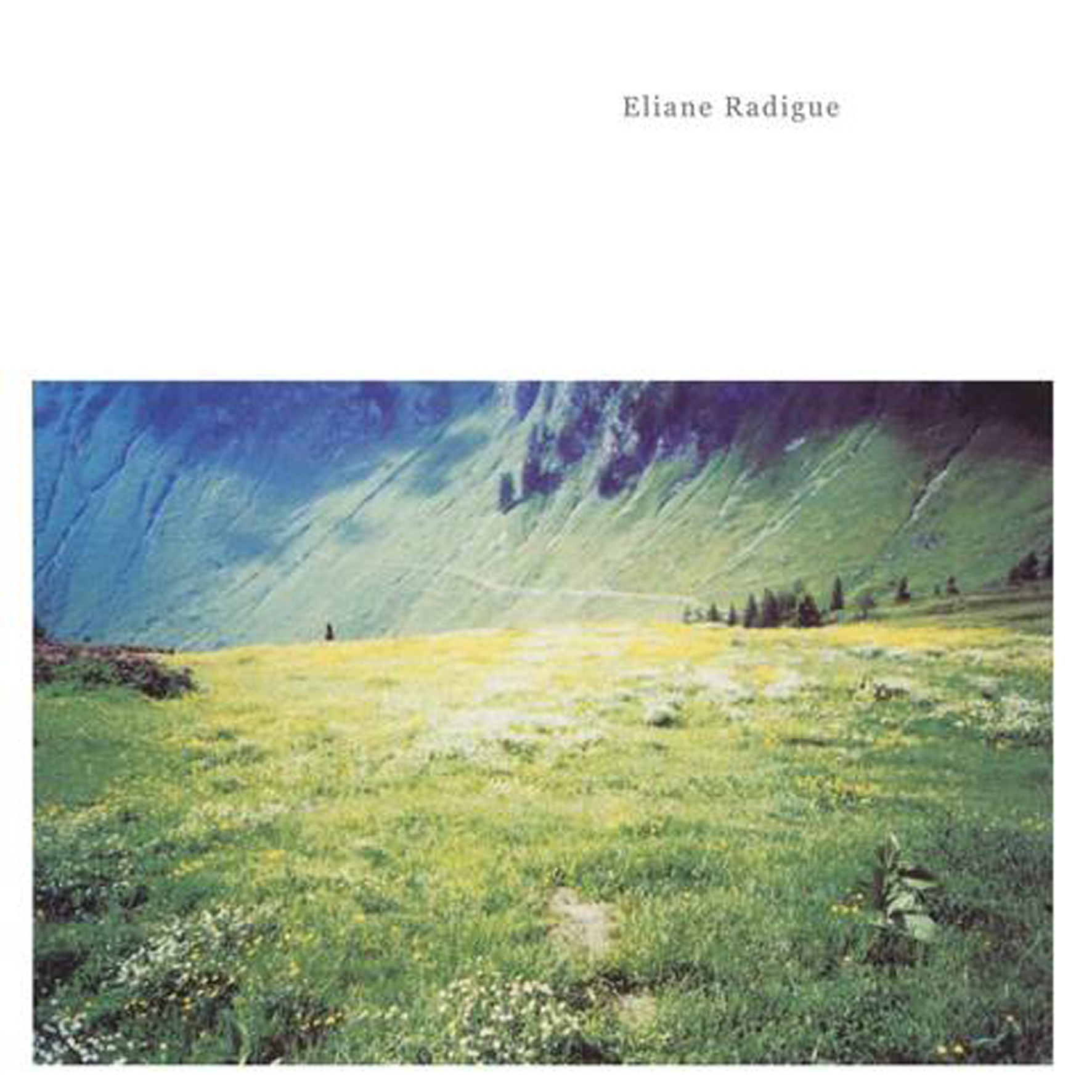 I have mixed feelings about vinyl-only reissues, but there is no denying that they are an extremely effective way to rekindle interest in a long-neglected album that should not be languishing in obscurity. This album is an excellent example of that phenomenon, as Geelriandre/Arthesis has been fairly easy to track down digitally for a while and few were clamoring for it. Now that it is getting a formal physical resurrection, however, it is deservedly back in the public consciousness. As far as Radigue albums go, it is a somewhat unique one, occupying a grey area between the more divergent Alga Marghen albums and her more universally revered drone epics. It shares much more common ground with the latter, but it sometimes feels like an embryonic version that is still partially indebted to the avant-garde zeitgeist of the era. Nevertheless, it is quite a fascinating album, taking an alternate and almost sci-fi-damaged path quite unlike the pure and focused vision of Radigue's later recordings.
I have mixed feelings about vinyl-only reissues, but there is no denying that they are an extremely effective way to rekindle interest in a long-neglected album that should not be languishing in obscurity. This album is an excellent example of that phenomenon, as Geelriandre/Arthesis has been fairly easy to track down digitally for a while and few were clamoring for it. Now that it is getting a formal physical resurrection, however, it is deservedly back in the public consciousness. As far as Radigue albums go, it is a somewhat unique one, occupying a grey area between the more divergent Alga Marghen albums and her more universally revered drone epics. It shares much more common ground with the latter, but it sometimes feels like an embryonic version that is still partially indebted to the avant-garde zeitgeist of the era. Nevertheless, it is quite a fascinating album, taking an alternate and almost sci-fi-damaged path quite unlike the pure and focused vision of Radigue's later recordings.
 Hot on the heels of the seismic sine-wave experimentation of Front Variations, this pair of EPs rounds out Richard Skelton's prolific winter with a welcome return to more familiar territory. Both intended as accompaniments to his most recent book of poetry (Dark Hollow Dark), the two releases take differing themes as inspiration, but both paths ultimately lead to strong, slow-burning drone pieces. Of the two, the darker and more primal Another Hand is the more powerful and fully realized work. Together, the releases complement each other beautifully to form an extremely satisfying and haunting diptych.
Hot on the heels of the seismic sine-wave experimentation of Front Variations, this pair of EPs rounds out Richard Skelton's prolific winter with a welcome return to more familiar territory. Both intended as accompaniments to his most recent book of poetry (Dark Hollow Dark), the two releases take differing themes as inspiration, but both paths ultimately lead to strong, slow-burning drone pieces. Of the two, the darker and more primal Another Hand is the more powerful and fully realized work. Together, the releases complement each other beautifully to form an extremely satisfying and haunting diptych.
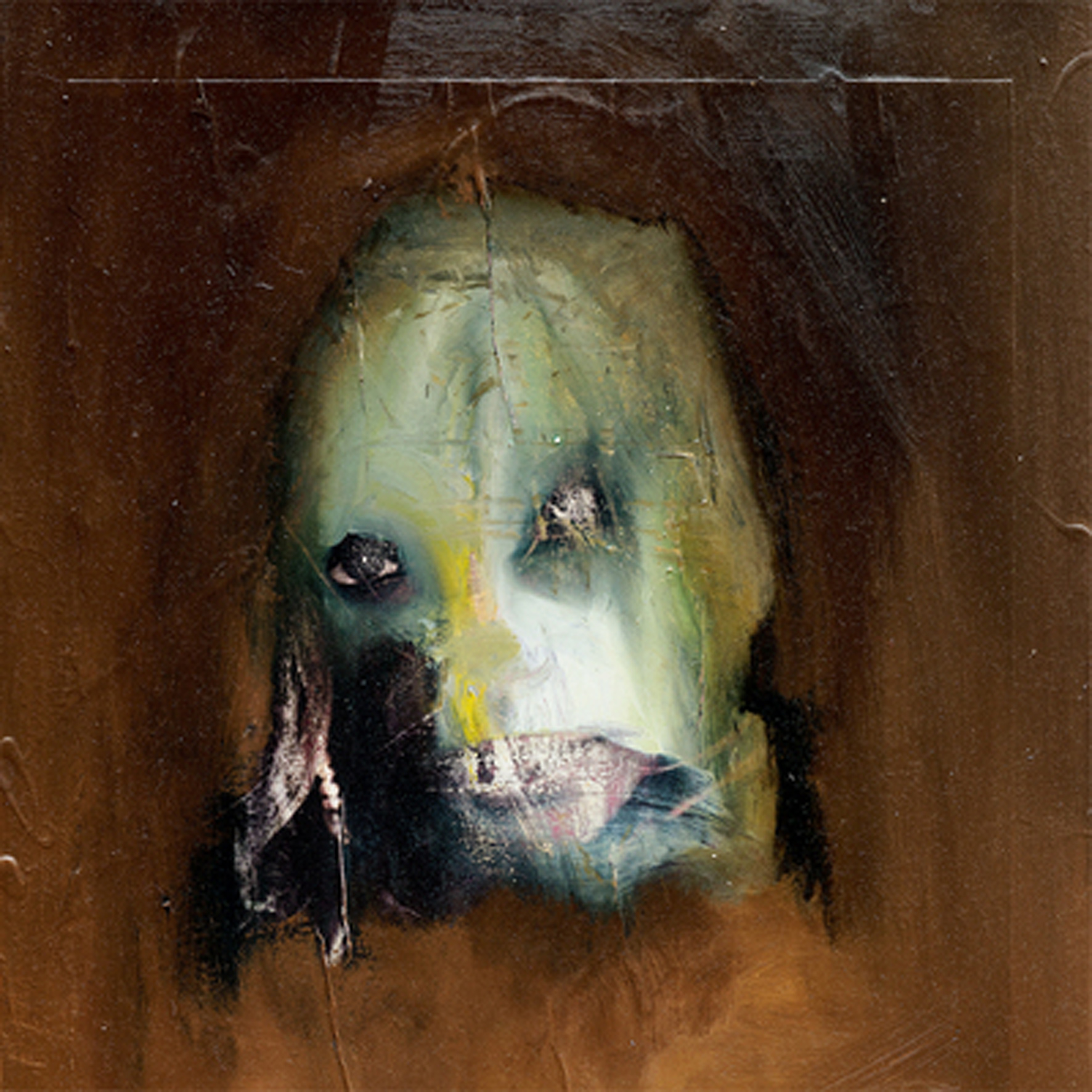 Over the last several years, Marc Richter's Black to Comm project has swelled considerably in ambition and scope, blossoming into a shape-shifting and idiosyncratic force with a strong propensity for the epic. With this latest album, his first for Thrill Jockey, Richter reaches a darkly hallucinatory new plateau with his art. It is difficult to say whether Seven Horses For Seven Kings is Richter's masterpiece, as there is stiff competition from a couple of his other recent albums, but it is unquestionably his heaviest and most vividly absorbing opus to date, unfolding as a disorienting and harrowing nightmare that increasingly stretches and strains towards transcendence.
Over the last several years, Marc Richter's Black to Comm project has swelled considerably in ambition and scope, blossoming into a shape-shifting and idiosyncratic force with a strong propensity for the epic. With this latest album, his first for Thrill Jockey, Richter reaches a darkly hallucinatory new plateau with his art. It is difficult to say whether Seven Horses For Seven Kings is Richter's masterpiece, as there is stiff competition from a couple of his other recent albums, but it is unquestionably his heaviest and most vividly absorbing opus to date, unfolding as a disorienting and harrowing nightmare that increasingly stretches and strains towards transcendence.
 Alhough I lamentably cannot claim to have been a fan since the beginning, I have been aware of Ectoplasm Girls' intermittently surfacing bouts of outsider genius long enough to feel like a fool for sleeping on this latest solo album from Nadine Byrne (released last spring). In my defense, it was billed as a soundtrack and I am generally averse to such things, but Dreaming Remembering is quite unlike anything resembling a conventional soundtrack that I have heard. Instead, this album feels like a collection of B-sides from a great synth pop/minimal wave artist, stretching and reshaping their hook-heavy hits into something considerably weirder, more abstract, and subtly hallucinatory. Some pieces are certainly more substantial than others, but the best moments bring an extremely appealing pop sensibility to the synth and experimental music milieu.
Alhough I lamentably cannot claim to have been a fan since the beginning, I have been aware of Ectoplasm Girls' intermittently surfacing bouts of outsider genius long enough to feel like a fool for sleeping on this latest solo album from Nadine Byrne (released last spring). In my defense, it was billed as a soundtrack and I am generally averse to such things, but Dreaming Remembering is quite unlike anything resembling a conventional soundtrack that I have heard. Instead, this album feels like a collection of B-sides from a great synth pop/minimal wave artist, stretching and reshaping their hook-heavy hits into something considerably weirder, more abstract, and subtly hallucinatory. Some pieces are certainly more substantial than others, but the best moments bring an extremely appealing pop sensibility to the synth and experimental music milieu.
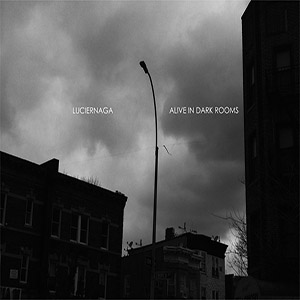 Alive in Dark Rooms is the third live release from Joao Da Silva’s Luciernaga project, following two equally limited, handmade CDs from 2015 and 2017. Compiling four full performances between 2017 and 2018 it functions not only as a snapshot of how the Luciernaga project translates to a live setting, but also is a brilliant overview of the different styles and approaches Da Silva has been working with these past years. At times meditative and beautiful, and at other turns dark and harsh, it is a superb document of his recent work.
Alive in Dark Rooms is the third live release from Joao Da Silva’s Luciernaga project, following two equally limited, handmade CDs from 2015 and 2017. Compiling four full performances between 2017 and 2018 it functions not only as a snapshot of how the Luciernaga project translates to a live setting, but also is a brilliant overview of the different styles and approaches Da Silva has been working with these past years. At times meditative and beautiful, and at other turns dark and harsh, it is a superb document of his recent work.
 The Dead C have been on an impressive hot streak in recent years, so it was a reasonably safe bet that I would be delighted yet again by Rare Ravers. However, I was definitely not expecting such a revelatory leap forward this deep into the band's career. Immodestly described as "recorded and burned through a thousand galaxies of dust and doubt and endless infinite wonder, transforming both time and space," this album feels like it was conscientiously sculpted to ravaged perfection in an actual studio and it sounds absolutely amazing. As it turns out, The Dead C's long history of rehearsal tape-level sound quality and shambolic, messy self-indulgence concealed the fact that they were secretly an extremely tight band capable of unleashing firestorms of howling guitar noise with the precision of a scalpel. I imagine some fans are still holding out hope that the band will someday return to writing actual songs with lyrics and vocals, but this album is an instant classic as far as I am concerned.
The Dead C have been on an impressive hot streak in recent years, so it was a reasonably safe bet that I would be delighted yet again by Rare Ravers. However, I was definitely not expecting such a revelatory leap forward this deep into the band's career. Immodestly described as "recorded and burned through a thousand galaxies of dust and doubt and endless infinite wonder, transforming both time and space," this album feels like it was conscientiously sculpted to ravaged perfection in an actual studio and it sounds absolutely amazing. As it turns out, The Dead C's long history of rehearsal tape-level sound quality and shambolic, messy self-indulgence concealed the fact that they were secretly an extremely tight band capable of unleashing firestorms of howling guitar noise with the precision of a scalpel. I imagine some fans are still holding out hope that the band will someday return to writing actual songs with lyrics and vocals, but this album is an instant classic as far as I am concerned.
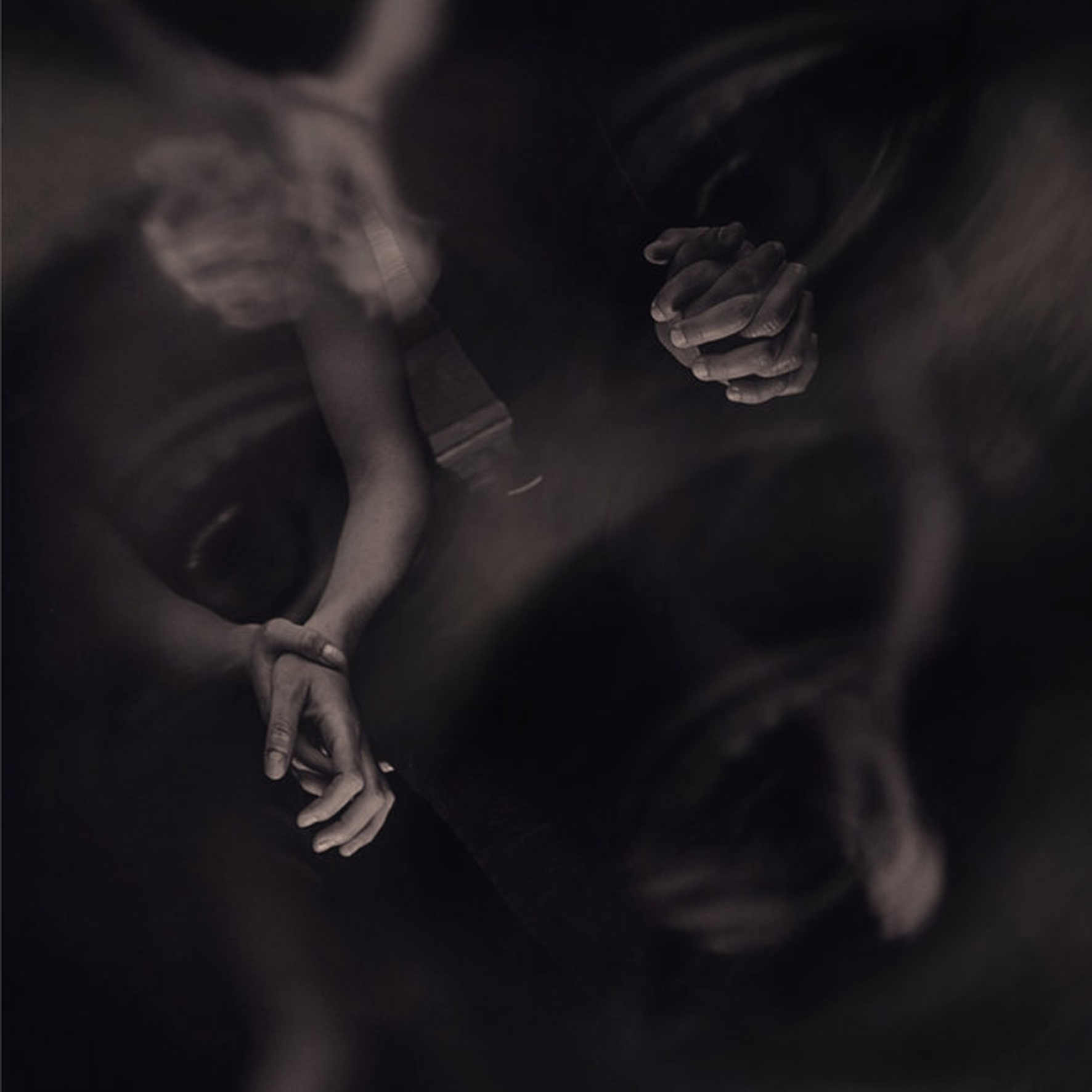 In the past, I have favorably compared John Hannon's shapeshifting post-industrial collage project to This Heat, but this latest release leaves that signpost far behind and heads in a darker and more idiosyncratic direction. Bolstered by a new group of collaborators, Hannon's latest salvo more closely resembles an avant-garde string quartet soundtracking a tense Eastern European thriller. I have some mixed feelings about that change of direction, as the album's sustained fever pitch of dramatic intensity can be a bit exhausting. That said, Hannon's vision remains a bracingly vivid and visceral one and the new members inject some wonderfully unusual and inspired touches into the ever-changing Liberez aesthetic.
In the past, I have favorably compared John Hannon's shapeshifting post-industrial collage project to This Heat, but this latest release leaves that signpost far behind and heads in a darker and more idiosyncratic direction. Bolstered by a new group of collaborators, Hannon's latest salvo more closely resembles an avant-garde string quartet soundtracking a tense Eastern European thriller. I have some mixed feelings about that change of direction, as the album's sustained fever pitch of dramatic intensity can be a bit exhausting. That said, Hannon's vision remains a bracingly vivid and visceral one and the new members inject some wonderfully unusual and inspired touches into the ever-changing Liberez aesthetic.
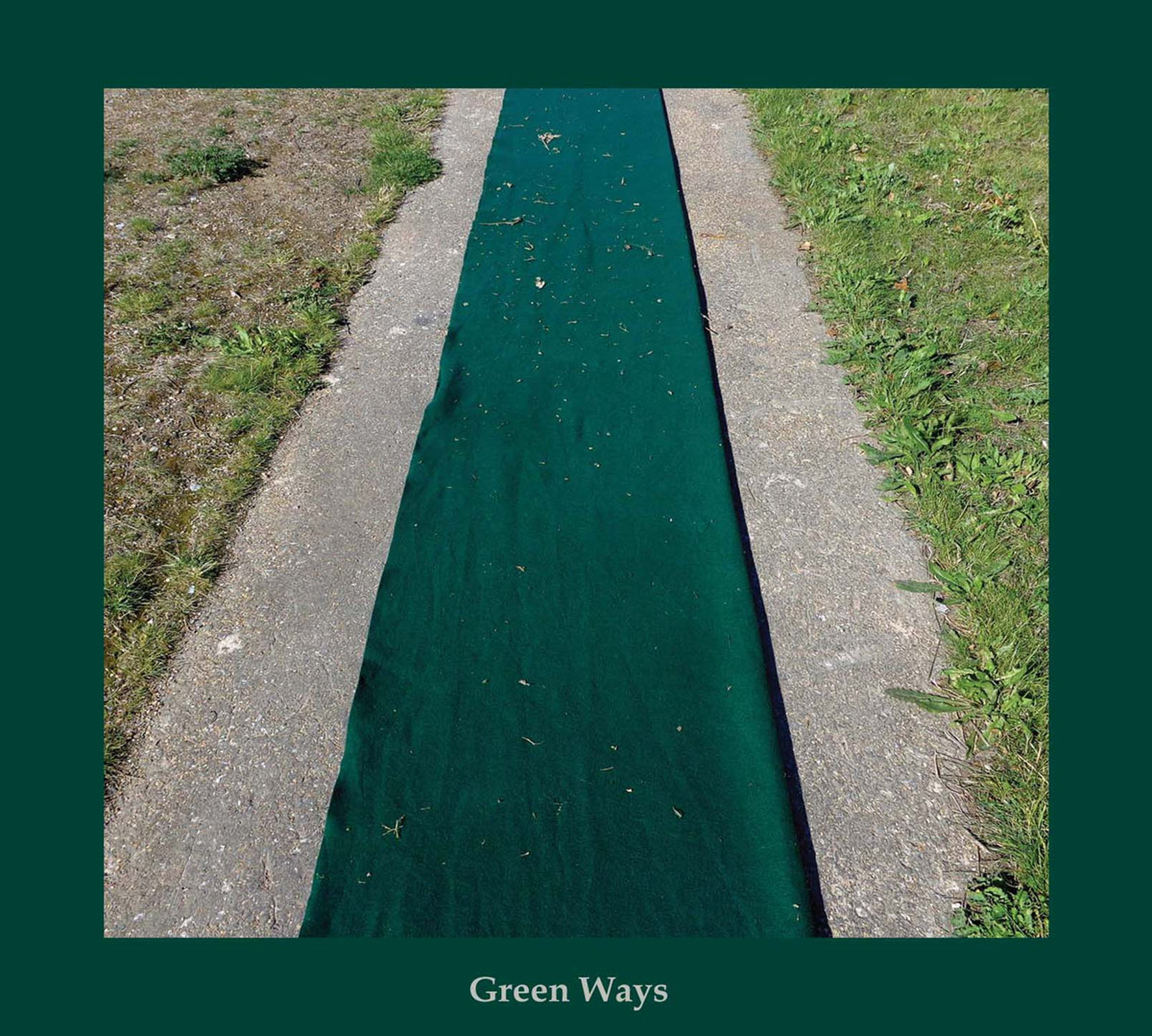 Without question, The Shadow Ring were one of the strangest and most inscrutable bands to ever exist, yet Graham Lambkin's gnomic solo career frequently makes his previous band look downright conventional by comparison. That is not an unambiguously wonderful achievement, however, as a lot of Lambkin's work leaves me wondering what on earth he is trying to convey and who such albums are for. For better or worse, the presence of Áine O'Dwyer does little to steer Lambkin towards more musical terrain. In fact, this latest release only doubles down further on Lambkin's recent cryptic, no-fi aesthetic, seemingly unfolding as a fragmented and abstract travelogue of a couple's travels across England, Ireland, and Sweden.  As with all Graham Lambkin albums, Green Ways is certainly unique and intriguing, but it is more of an unsolvable mystery and an experiment in extreme artistic constraints than it is a great album.
Without question, The Shadow Ring were one of the strangest and most inscrutable bands to ever exist, yet Graham Lambkin's gnomic solo career frequently makes his previous band look downright conventional by comparison. That is not an unambiguously wonderful achievement, however, as a lot of Lambkin's work leaves me wondering what on earth he is trying to convey and who such albums are for. For better or worse, the presence of Áine O'Dwyer does little to steer Lambkin towards more musical terrain. In fact, this latest release only doubles down further on Lambkin's recent cryptic, no-fi aesthetic, seemingly unfolding as a fragmented and abstract travelogue of a couple's travels across England, Ireland, and Sweden.  As with all Graham Lambkin albums, Green Ways is certainly unique and intriguing, but it is more of an unsolvable mystery and an experiment in extreme artistic constraints than it is a great album.
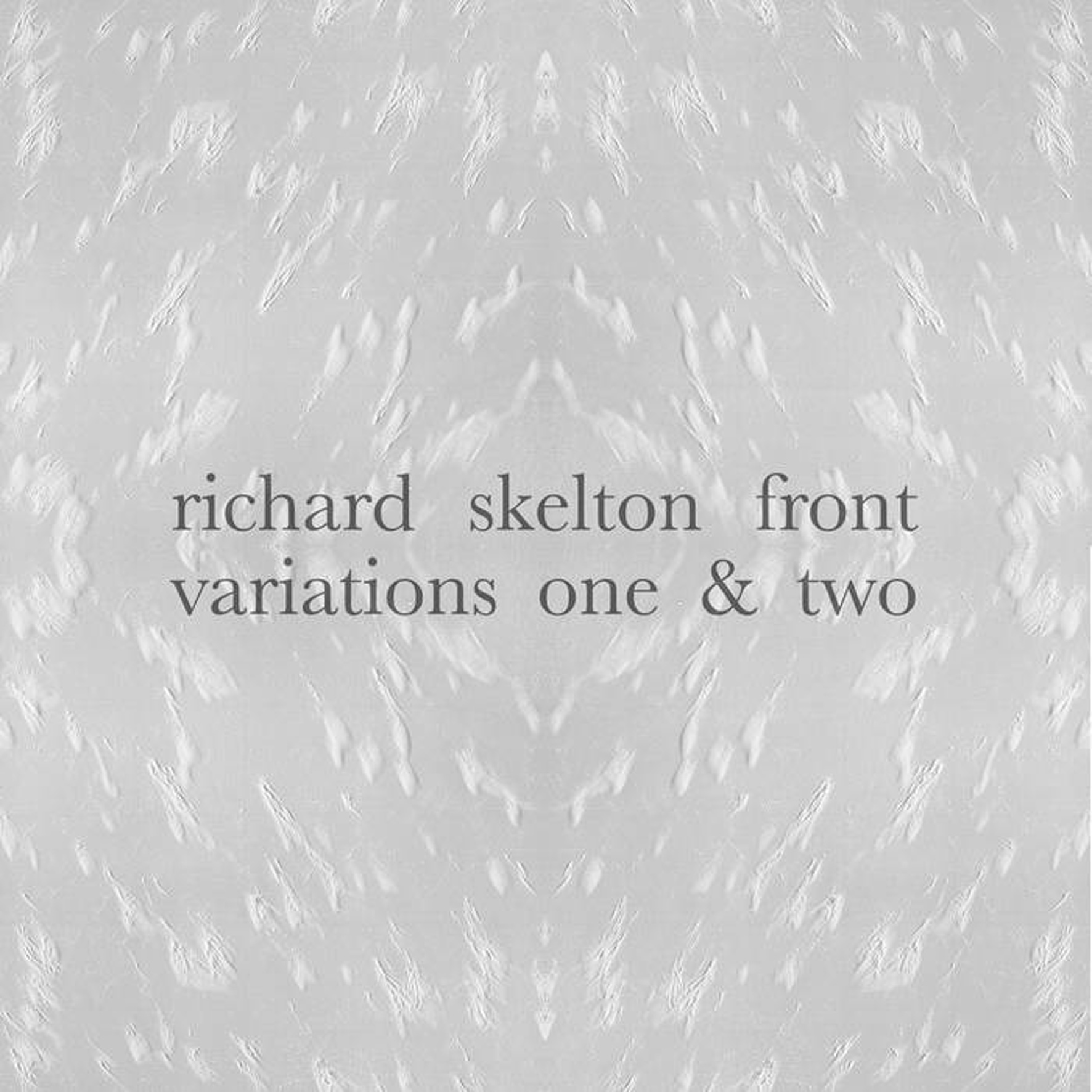
It occurred to me the other day that Richard Skelton's artistic trajectory almost resembles the stuff of myth and folklore, as he was once akin to an enchanted bard who made achingly gorgeous and sensuously churning music full of life, heartache, passion, and darkly flickering light. Gradually, however, he became so disillusioned with mankind that he started playing for the moors, the hills, the earth, and the buried remnants of the distant past instead. Or, in his more ambitious moments, for the cosmos themselves. With the comparatively modest and exploratory Front Variations, however, Skelton is not straining for the stars nor focusing his elemental power to world-shaking intensity, but instead uses the disappearing ice sheets of Iceland as an unconventional muse for a pair of slow-motion feedback experiments.
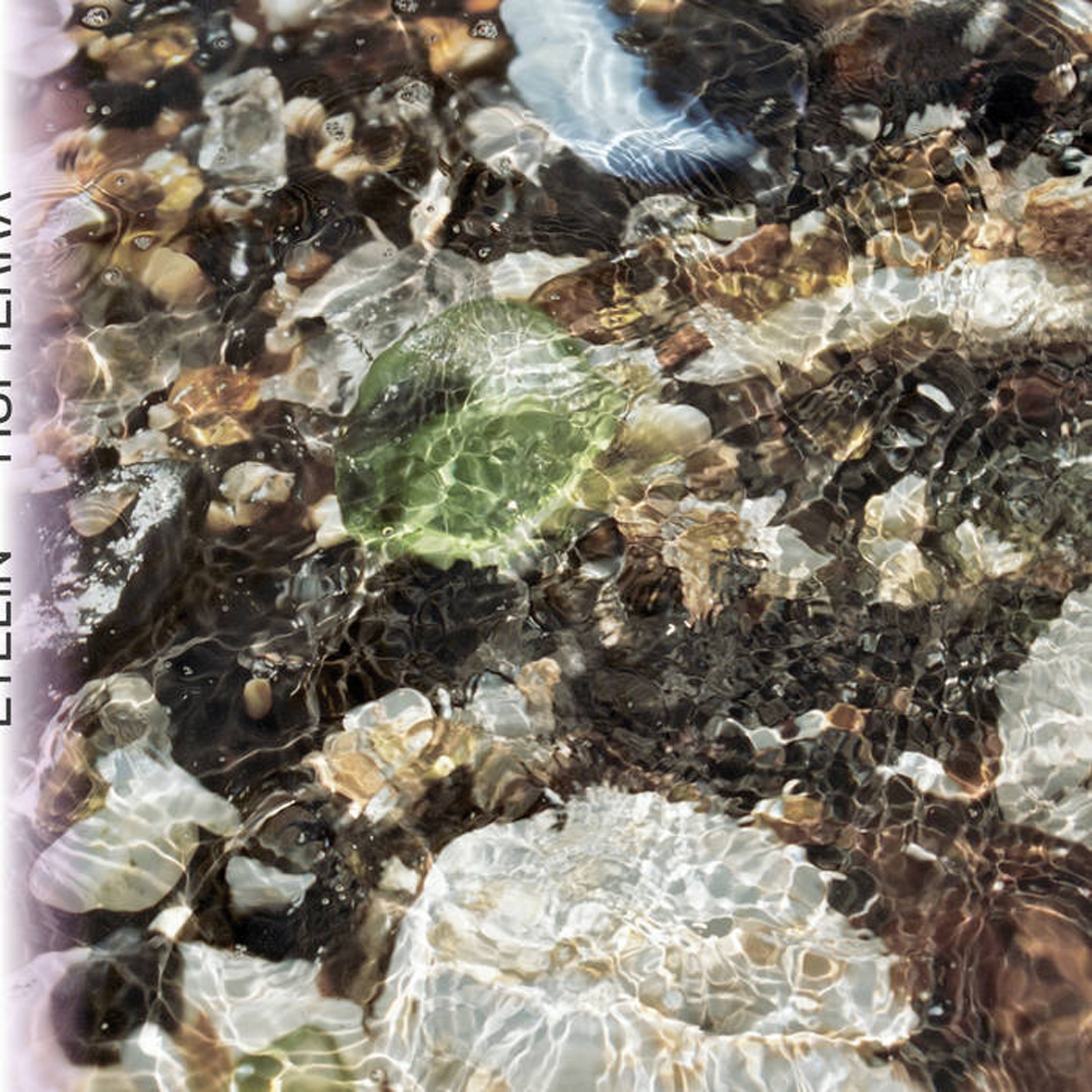 Etelin is the newest project from Students of Decay label head Alex Cobb, marking quite a radical break from the ambient drone of his previous oeuvre. That transformation stems largely from Cobb's frustration with the current experimental music scene, which has calcified into various genres and trends in recent years, losing much of the playfulness and actual experimentation that made the milieu so initially compelling. Obviously, Cobb is not alone in that feeling, as there are several outliers currently making groundbreaking and unique work (Cam Deas and Rashad Becker spring immediately to mind), yet Hui Terra is very much an unusual album that pointedly and willfully turns its back on the zeitgeist. At its best, the album hits some sustained passages of dreamlike beauty, but the bulk of Hui Terra is a bit more modest in its ambitions, unfolding like a more fragmented and hallucinatory re-envisioning of classic GRM fare.
Etelin is the newest project from Students of Decay label head Alex Cobb, marking quite a radical break from the ambient drone of his previous oeuvre. That transformation stems largely from Cobb's frustration with the current experimental music scene, which has calcified into various genres and trends in recent years, losing much of the playfulness and actual experimentation that made the milieu so initially compelling. Obviously, Cobb is not alone in that feeling, as there are several outliers currently making groundbreaking and unique work (Cam Deas and Rashad Becker spring immediately to mind), yet Hui Terra is very much an unusual album that pointedly and willfully turns its back on the zeitgeist. At its best, the album hits some sustained passages of dreamlike beauty, but the bulk of Hui Terra is a bit more modest in its ambitions, unfolding like a more fragmented and hallucinatory re-envisioning of classic GRM fare.
 I was completely unaware of this Italian sound artist's work until only recently, but he seems to be having quite a big year, as his duo with Roberto P. Siguera (Luton) released their bleakly lovely debut on Lost Tribe Sound and now there is this leftfield gem of a solo album. While I am sure comparing one underheard artist to another is quite a quixotic endeavor, there have to be some people out there who remember Talvihorros's Descent into Delta album and Novellino does something similar here: A Conscious Effort feels like a sustained and immersive plunge into the mysteries of the mind. In keeping with the ambition of its apparent conceptual inspirations, the music is a shape-shifting and kaleidoscopic fantasia that seamlessly blurs together roiling drones, viscerally snarling feedback, skipping loop experimentation, and even an occasional eruption of pummeling, slow-motion doom metal. Naturally, I prefer some threads more than others, but the entire album flows together beautifully and evocatively.
I was completely unaware of this Italian sound artist's work until only recently, but he seems to be having quite a big year, as his duo with Roberto P. Siguera (Luton) released their bleakly lovely debut on Lost Tribe Sound and now there is this leftfield gem of a solo album. While I am sure comparing one underheard artist to another is quite a quixotic endeavor, there have to be some people out there who remember Talvihorros's Descent into Delta album and Novellino does something similar here: A Conscious Effort feels like a sustained and immersive plunge into the mysteries of the mind. In keeping with the ambition of its apparent conceptual inspirations, the music is a shape-shifting and kaleidoscopic fantasia that seamlessly blurs together roiling drones, viscerally snarling feedback, skipping loop experimentation, and even an occasional eruption of pummeling, slow-motion doom metal. Naturally, I prefer some threads more than others, but the entire album flows together beautifully and evocatively.
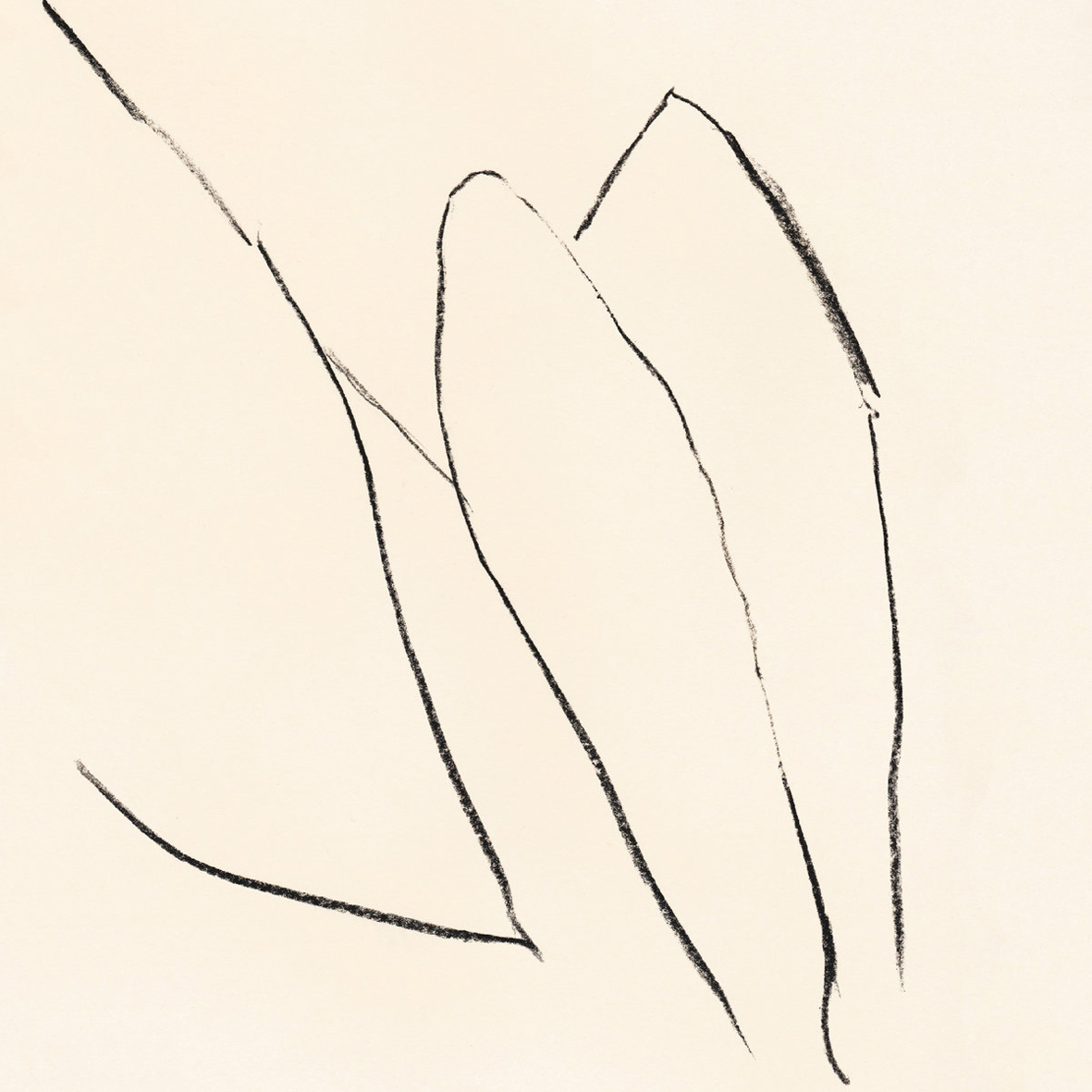 Barn Owl was always an intriguingly fluid and evolving project and that creative restlessness has certainly continuing on into the solo work of Evan Caminiti and Jon Porras. For this latest release, Porras takes his conceptual inspiration from Indian musician Gita Sarabhai, who once mentioned in a conversation with John Cage that art exists to "sober and quiet the mind, thus rendering it susceptible to divine influences." As such, the tone of Voice of the Air is largely a meditative and drone-based one, but Porras also had some new revelations about composition along the way, diving into John Chowning's frequency modulation (FM) synthesis ideas and exploring how to use them as a structural basis for his own work. The results of that experimentation are often quite wonderful, as Voice of the Air is an album filled with strong, simple themes that vibrantly squirm, shiver, and oscillate with shifting textures.
Barn Owl was always an intriguingly fluid and evolving project and that creative restlessness has certainly continuing on into the solo work of Evan Caminiti and Jon Porras. For this latest release, Porras takes his conceptual inspiration from Indian musician Gita Sarabhai, who once mentioned in a conversation with John Cage that art exists to "sober and quiet the mind, thus rendering it susceptible to divine influences." As such, the tone of Voice of the Air is largely a meditative and drone-based one, but Porras also had some new revelations about composition along the way, diving into John Chowning's frequency modulation (FM) synthesis ideas and exploring how to use them as a structural basis for his own work. The results of that experimentation are often quite wonderful, as Voice of the Air is an album filled with strong, simple themes that vibrantly squirm, shiver, and oscillate with shifting textures.
 Sean McCann celebrates the 50th release of his endlessly evolving Recital Program imprint with a major new work of his own, combining his dual love of literature and music into a unique album/book pairing. Of the two halves of the work, the book takes more of a supporting role, providing personal insights about the birth of each piece as well as the accompanying texts that appear throughout the album in often unrecognizably abstract or altered form. The album itself is kind of a compilation of sorts, bringing together four thematically similar pieces that are a mixture of live and studio performances and new and previously released work. The two new longform pieces that elegantly blend together speech and orchestral composition are the true heart of the album, however, and they are what make Saccharine Scores a landmark release in McCann’s discography. Glibly put, this is the album that places McCann quite firmly into "Robert Ashley" territory rather than "Andrew Chalk" territory, but I was pleasantly surprised to find that his voice as a writer is every bit as distinctive as his talents as a composer.
Sean McCann celebrates the 50th release of his endlessly evolving Recital Program imprint with a major new work of his own, combining his dual love of literature and music into a unique album/book pairing. Of the two halves of the work, the book takes more of a supporting role, providing personal insights about the birth of each piece as well as the accompanying texts that appear throughout the album in often unrecognizably abstract or altered form. The album itself is kind of a compilation of sorts, bringing together four thematically similar pieces that are a mixture of live and studio performances and new and previously released work. The two new longform pieces that elegantly blend together speech and orchestral composition are the true heart of the album, however, and they are what make Saccharine Scores a landmark release in McCann’s discography. Glibly put, this is the album that places McCann quite firmly into "Robert Ashley" territory rather than "Andrew Chalk" territory, but I was pleasantly surprised to find that his voice as a writer is every bit as distinctive as his talents as a composer.



